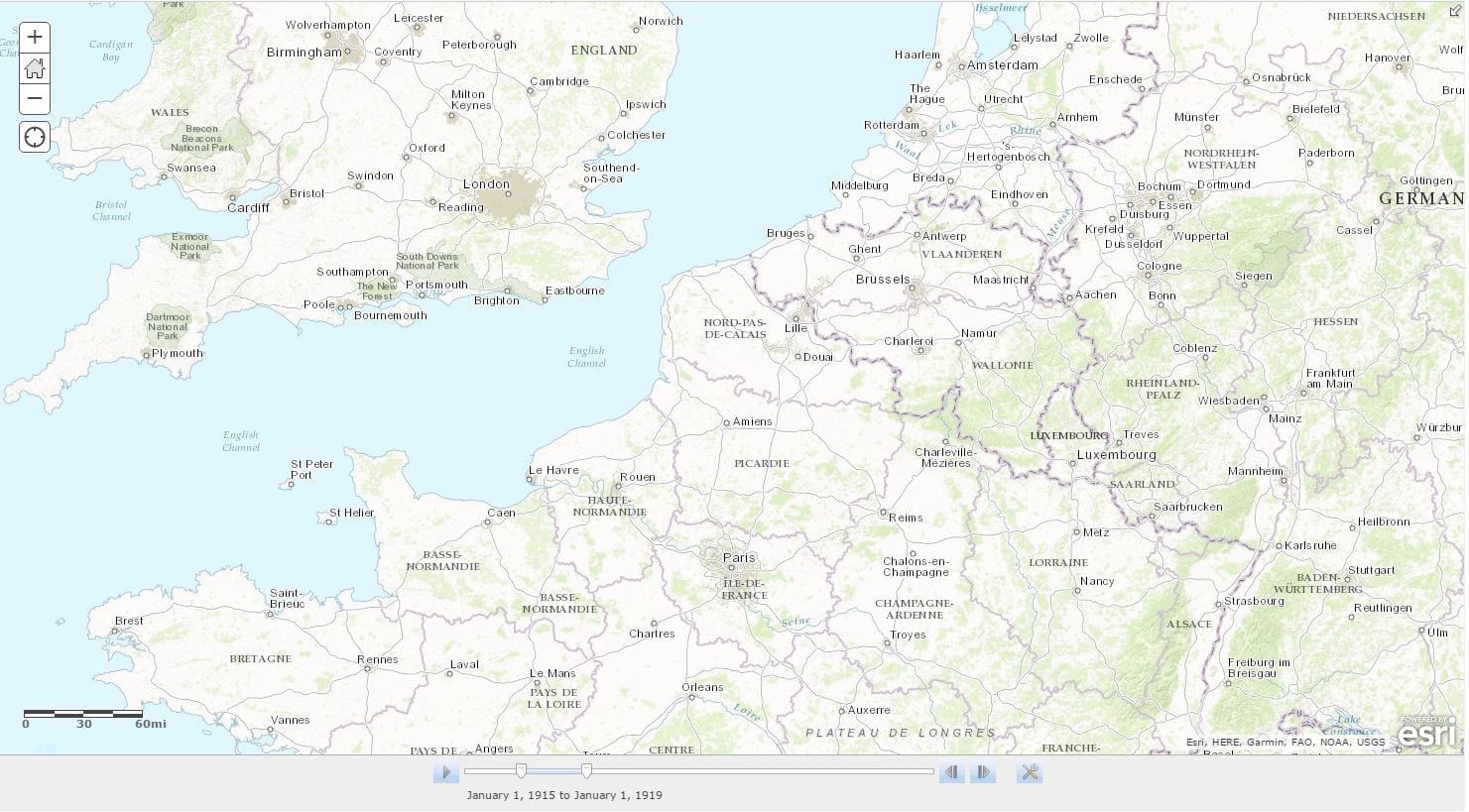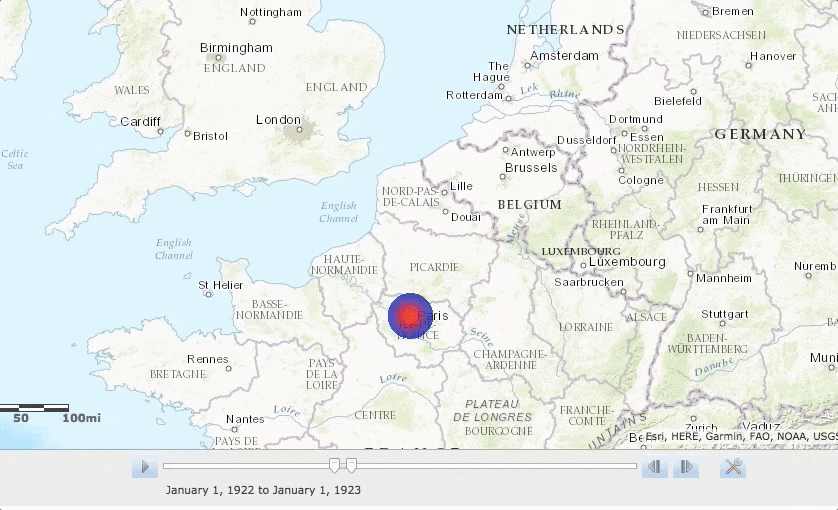London Performances of Music by the Second Viennese School: 1912 – 1936
Abstract
Methodology
Overview Basic Map
This basic ArcGIS map functions as an overview of all concert performances took place in London before WWII.
How to use: To use the map, click on the color-coded pinpoint to see detailed performance about each performance in the pop-up window. The map is layered by name of composer and the legend of the color coding is on the right side. Shade of the pinpoint illustrate if multiple performances by different composers took place at a certain venue. Check on and off the layers using in the layer window to view each layer individually.


+
Media rich
Visualization
Cartography of this template is one of the most effective and visually appealing ones among all ArcGIS and ArcGIS story maps. Especially the counting fucntion and expanding feature are unique effects that no other ArcGIS maps are currently doing.
–